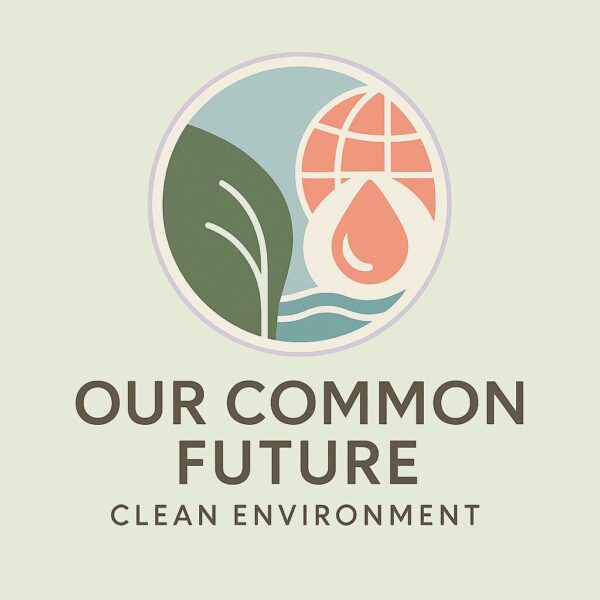Punjab sustainable development
Punjab, the heartland of Pakistan, stands at a crossroads where environmental degradation threatens its rich agricultural legacy and the well-being of its citizens. Yet, amidst the rising challenges of pollution, waste, and climate change, a new dawn emerges. The Government of Punjab has embarked on a green renaissance, unveiling comprehensive policies, allocating substantial funds, and empowering citizens at every level to become guardians of the environment. This blog explores Punjab’s visionary approach to sustainability, highlighting key policies, funding initiatives, and grassroots movements shaping a greener tomorrow.
1. Allocating Funds for Punjab sustainable development
Recognizing the urgency of environmental action, Punjab has dedicated significant financial resources to transformative projects:
1.1 Afforestation and Urban Forests:
With over PKR 2 billion invested in the “Ten Billion Tree Tsunami” initiative, the province is creating urban green spaces that combat air pollution and heatwaves. Punjab Budget

Fig 1: Punjab sustainable development-A Miyawaki forest
1.2 Waste Management & Plastic Pollution:
Allocations exceeding PKR 1.5 billion are fueling the development of recycling plants, waste-to-energy projects, and modern landfill management systems.

Fig 2: Punjab sustainable development: Steps Towards a Green Future
1.3 Air Quality Improvement:
A dedicated PKR 3 billion environmental health fund supports the establishment of air monitoring stations and promotes electric vehicles and renewable energy adoption thus helpful to achieve Punjab sustainable development goal.
1.3 Water Conservation and Wastewater Treatment:
Pilot programs using biosorbent technology are being funded to treat municipal wastewater, especially in small towns and peri-urban areas.
Summary of Funds Allocation for Punjab Sustainable Development
| Area/Project | Allocation (Rs. Billion) | Description |
| Environment & Climate Change | 15 | Clean, green, and smog-free Punjab; climate observatory; environmental complexes |
| Forestry, Wildlife, Fisheries | 25 | Afforestation, wildlife protection, fisheries development |
| Green Punjab Programme | N/A (part of above) | Planting over 50 million trees, restoring habitats, expanding urban green spaces |
| Air Quality Monitoring | 3.5 | New air quality monitoring stations in major cities |
| Smog Control Measures | 2 | Zigzag technology in brick kilns, cleaner fuels, vehicle emission standards |
| Solar & Renewable Energy Initiatives | 1.2 | Solar irrigation, rural electrification |
| Climate-Smart Agriculture | 4 | Drought-resistant crops, water-saving irrigation, farmer training |
| Environment Protection Force | 1.95 | Establishment in 10 zones for enforcement and monitoring |
| Climate Observatory | 3 | Regional climate data and research center |
2. New Environmental Policies: A Vision for Punjab Sustainable development
Punjab’s legislative landscape is undergoing a green transformation through:
Punjab Clean Air Act (Draft 2024), Punjab sustainable development: Introducing stricter emissions controls on vehicles and industries to tackle smog and respiratory illnesses.
Single-Use Plastic Ban (2025): Phasing out plastics across all districts, with clear penalties and support for alternatives.
Green Building Codes: Mandating eco-friendly designs and materials in new construction projects.
Renewable Energy Incentives: Subsidies and tax breaks for solar, wind, and biogas installations for homes and industries.
3. Incentives for Individual Action: Turning Citizens into Change-Makers
Punjab sustainable development is not top-down alone; it hinges on engaging every individual through innovative incentives:
| Initiative | Details |
| Plastic Exchange Programs | Citizens can exchange plastic waste for utility discounts or transport vouchers. |
| “Green Points” App | Earn points for eco-friendly behaviors; redeem for products or services. |
| Eco-Clubs in Schools | Students lead waste reduction projects and receive scholarships or awards. |
| Community Plastic Banks | Cash incentives for collected plastic waste handed to community centers. |
These schemes nurture a culture where every action, no matter how small, contributes to collective environmental well-being.
4. Multi-Level Environmental Programs: A Unified Front
Punjab’s sustainability strategy bridges individuals, institutions, and provincial governance:
| Level | Key Programs |
| Individual | Home composting, tree planting drives, plastic exchange programs. |
| Institutional | Green certification for industries, environmental impact assessments, CSR-linked green projects. |
| Provincial | Climate Action Plan 2025-2035, Clean & Green Punjab, Plastic-Free Punjab, air quality monitoring network. |
This integrated approach ensures that sustainability is not the burden of a few but the shared responsibility of many.
Conclusion: Cultivating a Brighter Future
In my view, Punjab’s ambitious environmental agenda goes far beyond mere policy frameworks and financial allocations. It represents a transformative way of living where every citizen actively participates in restoring our land, air, and water. I see this initiative as a shift toward sustainability, supported by strategic investments that fund green projects. Groundbreaking legislation provides a strong legal backbone for these efforts. Creative community incentives encourage public involvement and ownership. I believe Punjab is laying the foundation for resilience by building adaptive systems. It promotes restoration through reforestation and pollution control. Most importantly, it fosters hope by inspiring a collective commitment to a healthier environment. This approach, in my opinion, promises a sustainable legacy for future generations, blending academic rigor with practical action.
Some more related Post
1.Meet the Heroes Protecting Punjab’s Natural Habitat
2.How Bold Reforms Could Turn the Tide on Punjab’s Wheat Crisis

